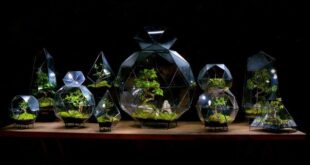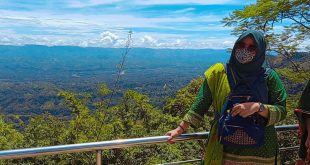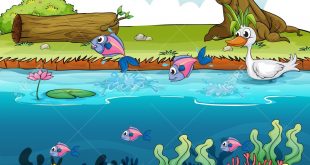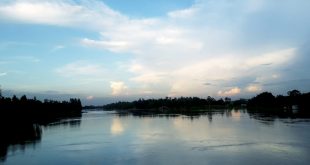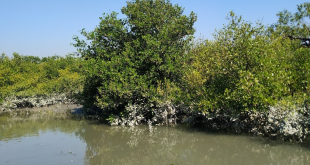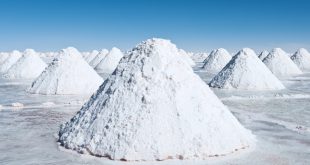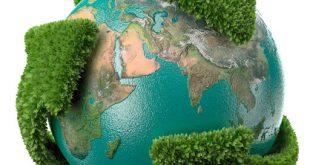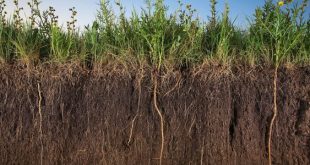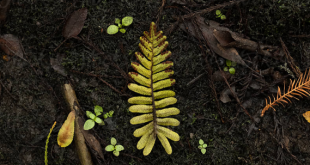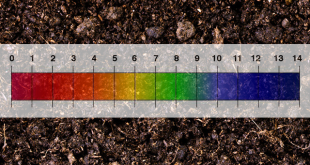What is Terrarium? Have you ever heard of miniature but thoroughly natural garden, implanted inside a glass jar? Well, that is exactly what terrarium is- it may also be termed as a little rainforest domiciled in an enclosed jar or container made of glass. The word “Terrarium” was derived from …
Read More »Bandarban: Where Heaven of Nature Meets Wild Blue Yonder
Bangladesh is blessed with a plethora of interesting spots to visit. The country has a lot to offer for a pleasant and educational trip, from gorgeous natural areas to historical landmarks. For its daring, unusual, and scenic terrain, the most isolated and least populated Bandarban is a popular destination among …
Read More »River Ecosystem in Bangladesh: Bangshai River (Part 2)
May be we all know that we are the part of a ecosystem. The term ecosystem may be short but it’s expanse is very wide from desert to polar region, pond to ocean, grassland to forest. All sorts of organisms do interact and mixes up in a ecosystem and the …
Read More »River Ecosystem in Bangladesh: Bangshai River (PART 1)
Do you know what an ecosystem actually is! What is it’s types, components, threats towards it! In this article we are about to discuss all this stuffs. An ecosystem is a community where living and nonliving material become mix-up. It can be a Geographical area where plants, animals and other …
Read More »Halophytes: Salient Features, Adaptations & Classification
Plants which grow and complete their life cycle in habitats with a high salt content are called salt plants or halophytes. Usually that term is reserved only for plants which appear in salty habitats constantly and specifically. Plants occupying only local nonsalty ecological niches in an overall saline environment, or …
Read More »Salinity: Sources, Cycles & Classification
Over four-fifths of the surface of our planet is covered with a salt solution (oceans & seas) containing, among many other constituents, approximately 0.5M NaCl. Still, only very few groups of higher plants can withstand such conditions. Most terrestrial species are unable to tolerate even one-tenth of the salt concentration …
Read More »পৃথিবীর ভবিষ্যত: মরুভূমি নাকি অরণ্য?
পৃথিবীর দক্ষিণ গোলার্ধের দিকে অবস্থিত একটি প্রাচীন হ্রদ খুঁজে পান বিজ্ঞানীরা। পূর্বে এখানে পানি থাকলেও কালের পরিক্রমায় তা এখন ভরাট। তবে তা মানুষ ভরাট করে নি, প্রাকৃতিকভাবেই হয়েছে। এ হ্রদ ভরাট হবার সময় মাটি চাপা পড়ে সেসময়কার গাছের পাতা, কীটপতঙ্গ, মাছ। আর এভাবেই সেখানে তৈরি হয় বিভিন্ন জীবের ফসিল। বিজ্ঞানীরা …
Read More »Soil Buffering: Mechanism of Buffering Action & Importance
Buffers are aqueous systems that tend to resist changes in pH when small amounts of acid (H+) or (OH–) are added. A buffer system composes of a weak acid (the proton donor) and its conjugate base (the proton acceptor). A mixture of equal concentrations of acetic acid and acetate ion …
Read More »Soil Reaction: Soil pH, Sources of H+ & OH- Ions
In soil, there may be found 3 types of reactions. They are neutral, alkaline, or acidic reactions. The measure of the chemical reaction of soil(degree of alkalinity or acidity) is expressed by its pH value. Soil pH Soil pH is the negative logarithm of the concentration of hydrogen ion (expressed …
Read More »Soil Reaction: Importance & Factors Affecting Soil pH
The importance of soil pH can be classified into its direct and indirect effects on edaphology and pedology: Direct Effects 1. Toxic and destructive effect of OH– and H+ ions on root growth It is found that a destructive action on root tissues by acidity or alkalinity usually does not …
Read More » Plantlet The Blogging Platform of Department of Botany, University of Dhaka
Plantlet The Blogging Platform of Department of Botany, University of Dhaka
